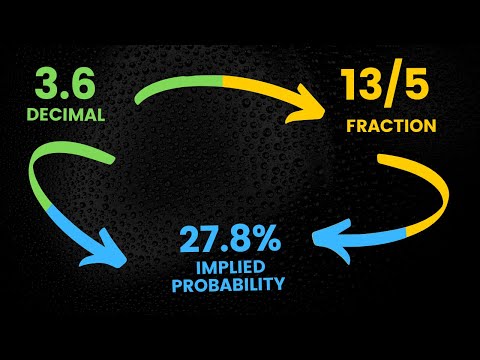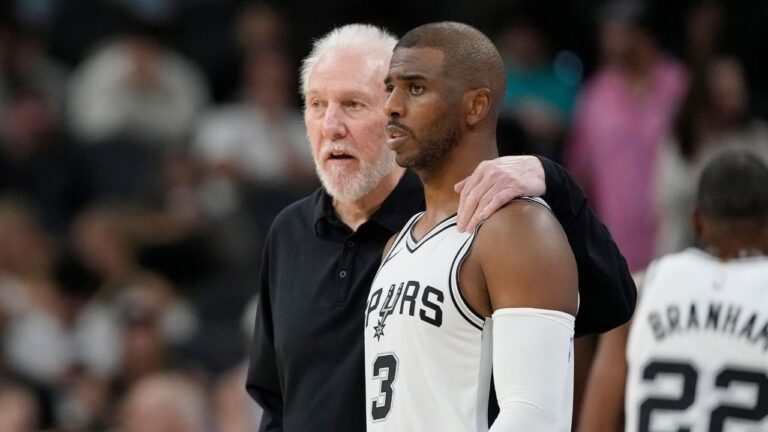For the bets we post on AI Betting Edge, American odds by far the most common representation we encounter for telling us how much we can win or need to bet to win  100 and win, you get your
100 and win, you get your ![]() 200 in profit. So you’re risking 100 and if you win you get back 300 total (including your original 100)
200 in profit. So you’re risking 100 and if you win you get back 300 total (including your original 100)
To summarize, with +200 American odds, the implied probability is roughly 33.33%. This means the sportsbook thinks there’s about a 33.33% chance that the player will score as many rebounds as the line suggests.
- Negative American Odds (-):
- Now, let’s consider a different prop bet where the odds are -150.
- In this case, you need to bet
 100 in profit.
100 in profit. - To find the implied probability, use a slightly different formula: Implied Probability = Absolute Value of Negative American Odds/ (Absolute Value of Negative American Odds + 100).
- In our example, Implied Probability = 150/ (150 + 100) = 150/ 250 = 3/5 = 60%.
So, with -150 American odds, the implied probability is 60%. This means the sportsbook believes there’s about a 60% chance that the player will achieve what the prop bet suggests. If our model predicts a guy to go over (or under) with say 72% probability, then we usually post that bet because we believe we have an edge on the market.
Anytime you see American odds, you can use these formulas to estimate the implied probability or just plug in the numbers to our Implied Probability Calculator is the calculators tab of the betting dashboard. A higher positive American odds indicate a lower implied probability, while a lower negative American odds indicate a higher implied probability. Understanding implied probability is a necessary prerequisite for making informed decisions in the world of sports betting.




